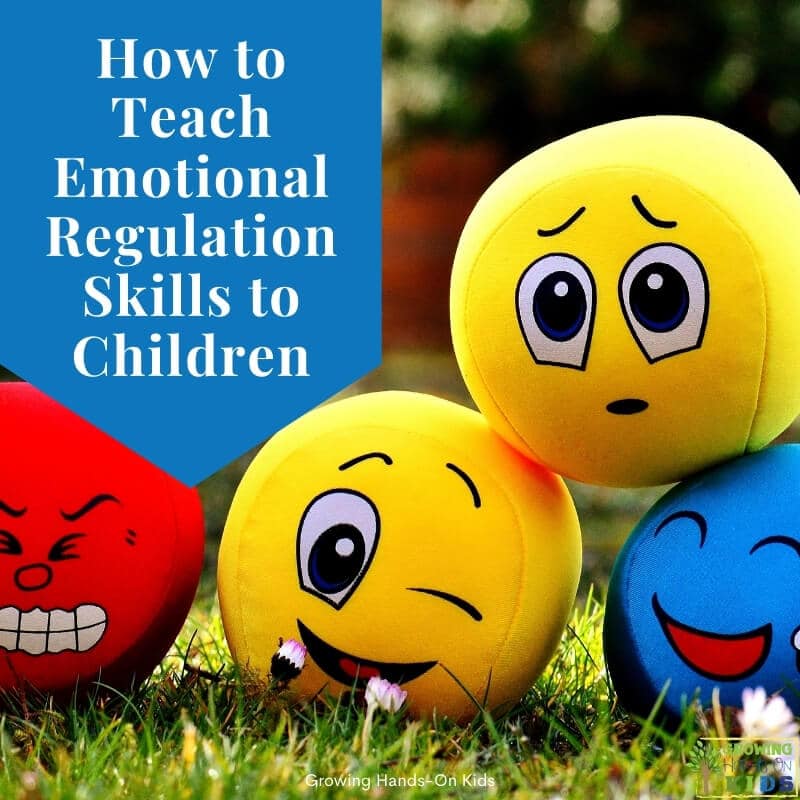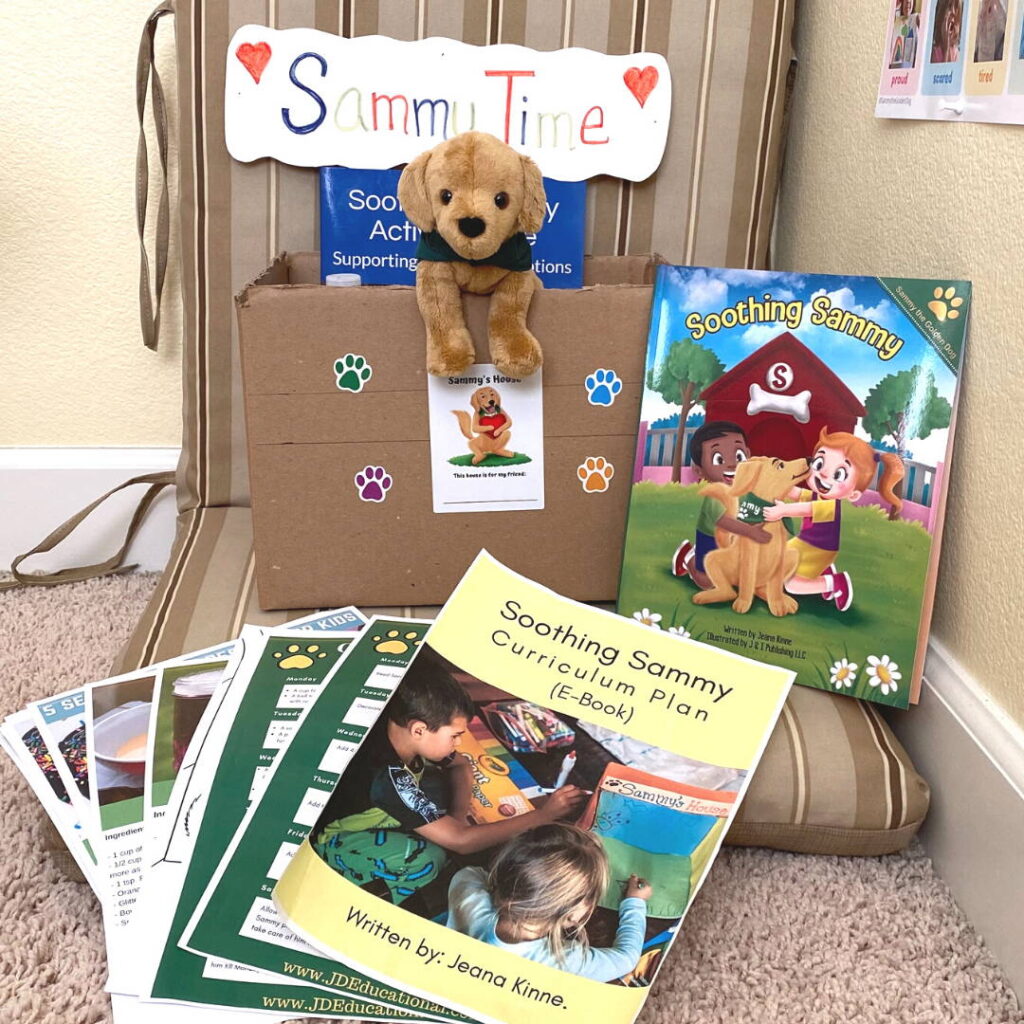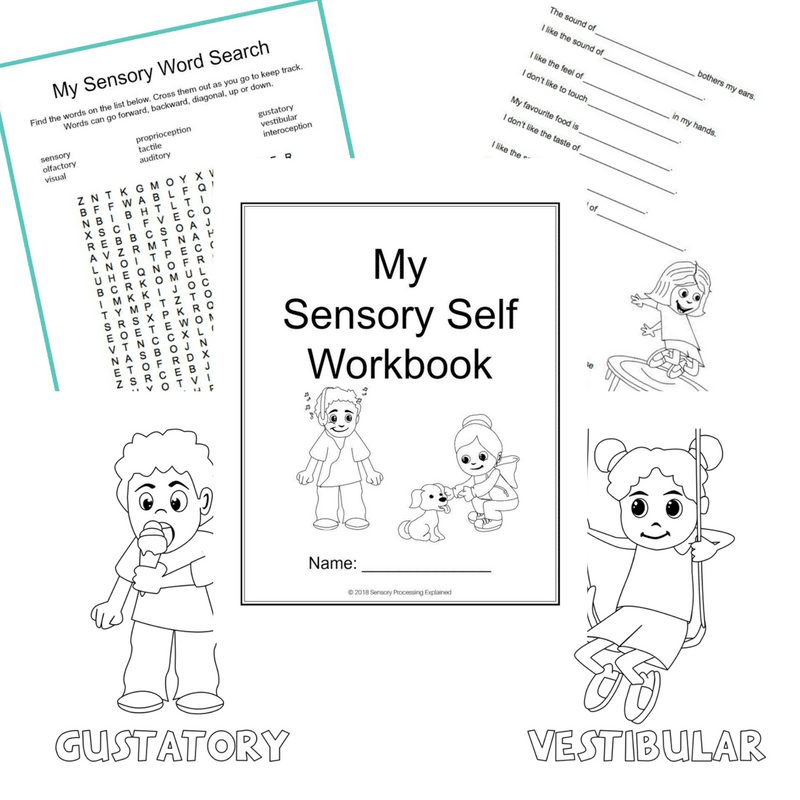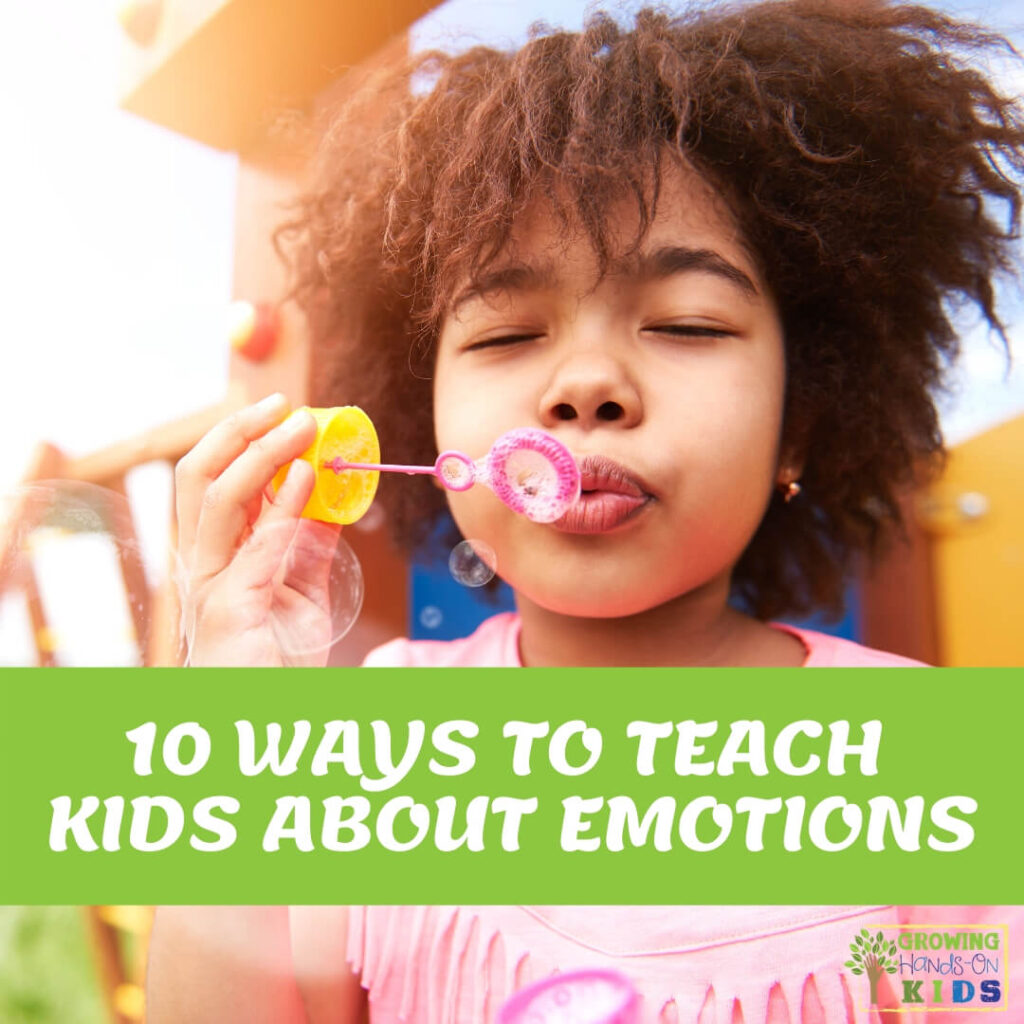How to Teach Emotional Regulation Skills to Children
Affiliate and Referral links are used below to promote products I love and recommend. I receive a commission on any purchases made through these links. Please see my disclosure policy for more details. As an Amazon Associate, I earn from qualifying purchases.
Teaching emotional regulation skills is not something that you can just check off on a checklist one day and say you finished it. It's a process that takes time and will evolve as your child grows. Let's look at some ways to teach emotional regulation skills to children.
How to Teach Emotional Regulation Skills
1 || Manage our own stress and emotions.
This is a really big challenge for me personally. Some days I am better at this than others, and that is completely normal.
Here are some ways you can help yourself at the moment:
- Take a deep breath
- Get a drink of water
- Pause before we react
- Think and focus on the positive things about our child or student
- Visualize a positive outlook or thought in our mind
2 || Develop realistic expectations
Provide supports and remember that children at different ages will need different levels of support.
3 || Stay calm and model self-regulation.
When children react in the moment, their brains are often functioning in survival mode. They are not able to do high-level thinking when this happens. Meet this with empathy. Get down on their level and let them know you hear them. Also, provide the strategies and tools for self-regulation that you have practiced ahead of time.
4|| Provide structure and consistency.
Predictability does help to decrease stress, especially if your child or student gets anxious with change and has trouble with transitions. Stay consistent with the rules and guidelines that are in place in your home or classroom.
5 || Teach children about their brains, emotions, and strategies for self-regulation
Learning is power! When we equip our children students with tools to identify their emotions and self-regulate, we are giving them tools for life and promoting a positive environment for learning.
Not sure how to teach this? I've got two resources for you.
First up for preschool to kindergarten age children (ages 2-6) is the Soothing Sammy program.
This program is designed for preschool and kindergarten-aged children and gives them the tools they need to self-regulate.
With the Soothing Sammy program, you complete these 4 steps to set up your Soothing Sammy corner.
- First, read the Soothing Sammy book that will come with your purchase. Sammy is a loveable Golden Retriever that will teach your child all about their emotions and give them tools for self-regulation.
- Use the shipping box to create a home for Sammy, the plush Golden Retriever dog that comes with your purchase.
- Use the PDF printouts that come with your order to create Soothing Sammy's corner with his home.
- Play emotion activities that come with your purchase to help your child understand their emotions and give them tools for self-regulation.
The Soothing Sammy Program includes:
1. Soothing Sammy (Children's Book)
2. Plush Golden Retriever Dog
3. Soothing Sammy Music (MP3 Versions emailed right after purchase)
4. Sammy Activities (digital PDF download emailed right after purchase)
5. Soothing Sammy Activity Guide (Book)
For older children ages 6+, the My Sensory Self Workbook is a great option for teaching them about emotions and giving them age-appropriate self-regulation tools and strategies.
This digital download/PDF, will help your child or student discover what their eight sensory systems feel like and what their sensory preferences and dislikes are with this fun and engaging workbook.
It includes eight coloring pages, one of each sensory system, a short description of each sensory system that a child can understand, plus two pages to think through their own sensory preferences and dislikes.
Activities for Emotional Regulation Skills
There are lots of ways you can incorporate activities for emotional regulation skills in your home or classroom.
Here are a few suggestions:
- Deep breathing exercises
- Heavy work activities (proprioceptive input)
- Talk about emotions
- Play emotions matching game
- Read books about emotions
- Create an emotions sensory bottle or sensory bin
- Create a feelings chart or graph for the day
- Set up a sensory area in your home or classroom
- Do yoga exercises
- Mindfulness activities
- Write in a journal
If you need more ideas, I have links below to additional resources for emotional regulation and self-regulation strategies.

Heather Greutman, COTA
Heather Greutman is a Certified Occupational Therapy Assistant with experience in school-based OT services for preschool through high school. She uses her background to share child development tips, tools, and strategies for parents, educators, and therapists. She is the author of many ebooks including The Basics of Fine Motor Skills, and Basics of Pre-Writing Skills, and co-author of Sensory Processing Explained: A Handbook for Parents and Educators.




